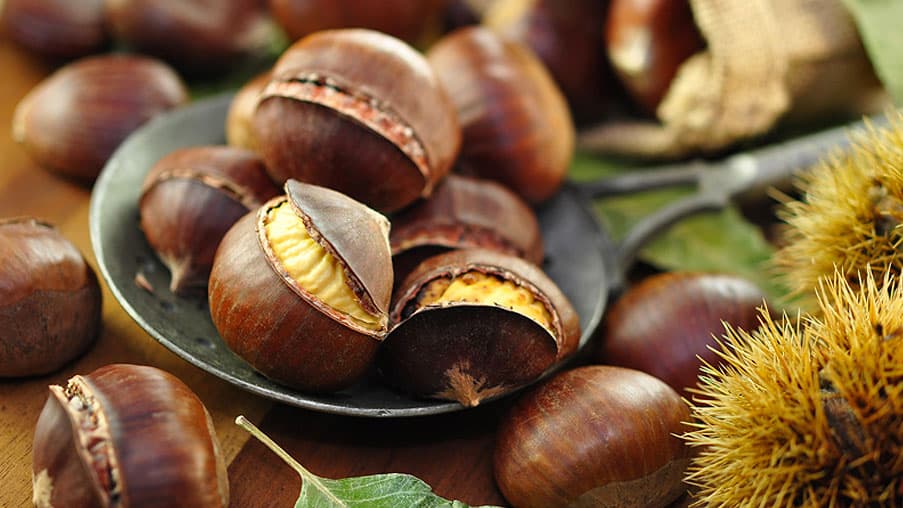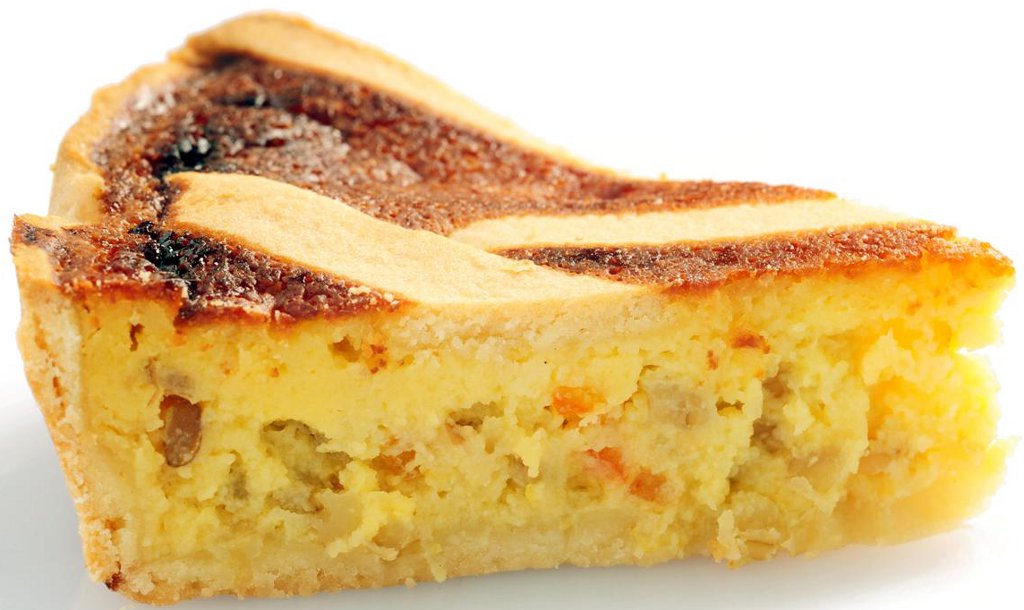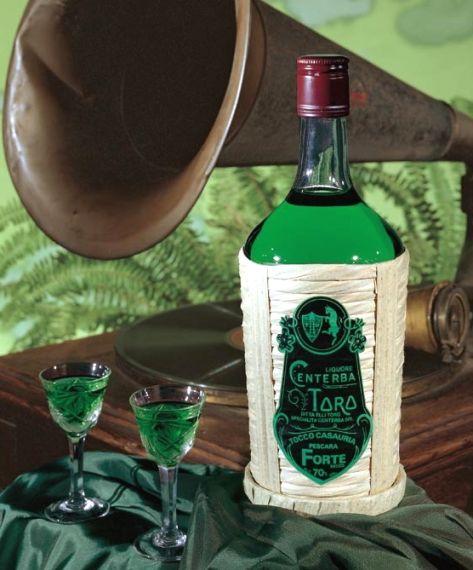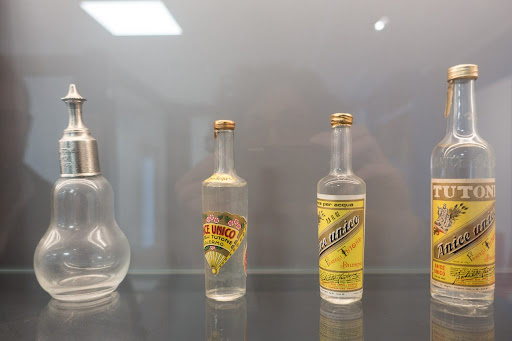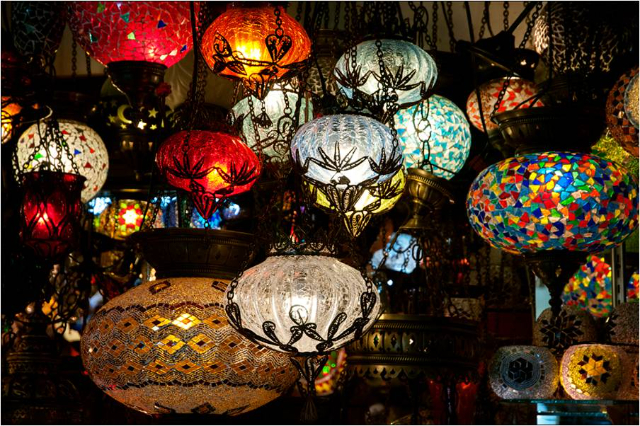In the Santerno Valley, not far from Imola, every year the chestnut groves of the villages of Castel del Rio, Fontanelice, Casalfiumanese and Borgo Tossignano offer an ancient fruit with a sweet and crunchy flesh, the Marrone di Castel del Rio IGP.
A product of the Castanea sativa Mill species, it has fed generations of local families for centuries.
In fact, the chestnut tree spread across the Apennines around the year 1000 thanks to the work of the monastic orders and since then has played a primary role in the sustenance of the inhabitants of the area, so much so that it has been called the bread tree.
Unlike its "cousin" chestnuts, the Marrone di Castel del Rio IGP and chestnuts in general are distinguished by a number of specific traits: they have a sweeter and more fragrant taste, which encompasses the scents of the woods; they are larger than chestnuts and, unlike chestnuts, their brown skin and thin inner skin can be removed very easily.
